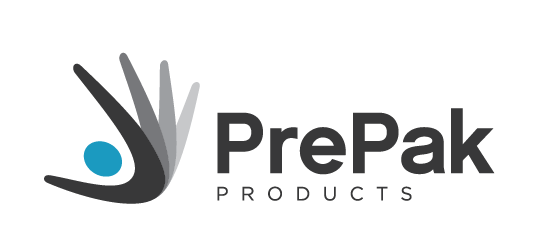The definition of musculoskeletal injuries casts a wide net: a musculoskeletal injury is any painful injury affecting muscles, bones, ligaments, tendons, or nerves. These injuries can affect the entire body or any isolated part.
Just as there are a wide variety of musculoskeletal injuries, there are a wide variety of causes. Acute musculoskeletal pain can result from traditional injuries such as a fall, dislocation, or sprain, but these injuries can also be chronic, arising from overuse, poor posture, or conditions such as arthritis. Lifting, carrying, and setting down objects—along with repetitive movements and strains—are common work-related causes of musculoskeletal damage.
Prevention of Musculoskeletal Injuries
When the cause of an injury is obvious, it’s easy to retroactively advise on how the injury could have been avoided: Don’t ride your bicycle into a tree. Don’t fall off that ladder. Don’t try to lift that washing machine by yourself.
This advice can often be common sense or even useless, as sometimes accidents occur despite our best intentions and precautions. But to prevent musculoskeletal injuries there remain plenty of techniques and practices that can at least lessen the odds:
- Improve your work technique. Be aware of the risks of your particular job. If you do a lot of lifting or overhead reaching, learn the safe methods for performing these movements. If you spend all day at a keyboard or performing other repetitive movements, make sure your workplace ergonomics are as good as they can be. Watch your posture, pace yourself, and as much as possible avoid prolonged repetition of the same motions. Rotate tasks if possible.
- Use proper equipment. Personal protective equipment such as knee pads or vibration-reducing gloves can do a lot to prevent injury if you have a physically demanding job. And equipment such as dollies, carts, and forklifts not only makes the work easier, but makes it safer.
- Early intervention. It’s important to catch chronic injuries early while they’re still easy to treat and before they become a larger problem. Pay attention to signs of fatigue, discomfort, and pain, and take steps right away to address the problem. That includes addressing the cause (by changing your environment and behavior) and treating the problem if necessary with a visit to a physical therapist.
- Get training. If you are an employer, consider the services on an ergonomic consultant who can evaluate your workplace and implement modifications, procedures, and employee training to help prevent musculoskeletal injuries and reduce their cost to workers and your business.
Strengthen and Stretch to Prevent Musculoskeletal Injuries
Our favorite method of injury prevention gets its own special category. Strength training and stretching has been shown to have enormous benefits, many of which have been shown to improve musculoskeletal injuries, and many others of which can help prevent them from occurring in the first place. Exercise will:
- Lubricate and nourish the joints. Physical activity encourages the circulation of synovial fluid, which lubricates and protects the joints. In addition, the increased blood flow brought on by exercise brings nourishing oxygen and nutrients to the synovial membrane.
- Ease joint pain and stiffness. In addition to lubrication, exercise builds strong muscles that take the pressure off and preserve your joints.
- Improve flexibility. While some researchers doubt the benefits of stretching to prevent injury, there is no doubt that improved flexibility makes everyday tasks easier. And a task that is easy to perform is less likely to end in an accident.
- Build strength. Stronger muscles support the body and make injury less likely when performing everyday tasks.
- Improve balance. Reduce the risk of falls and reduce the risk of musculoskeletal injury.
- Improve posture. Improved posture along with improved endurance makes it easier to safely perform repetitive motions without injury.
- Improves sleep. This just feels good. But a good night’s sleep will improve wakefulness during the day, which makes you less likely to injure yourself.
- Improve or maintain bone density. Strong bones are more resistant to both acute and chronic injury.
These are just a few of the benefits of exercise to help prevent musculoskeletal injury. The best exercise plans will include a balance of strength training, cardiovascular, and stretching exercises.
Exercise to Stay Healthy and Prevent Injury
And you don’t need to go all out to get the benefits of exercise. A daily brisk walk is great for cardio, as long as you’re also moderately active throughout the rest of the day. A couple yoga or Pilates sessions a week is great for both core strengthening and flexibility. And for strengthening, there’s no need for heavy weights or a gym plan. A handful of resistance tubing and accessories is all you need for a portable workout station that you can use at home, on the road, or even at work to get strong and stay strong—and reduce your risk of injury.

